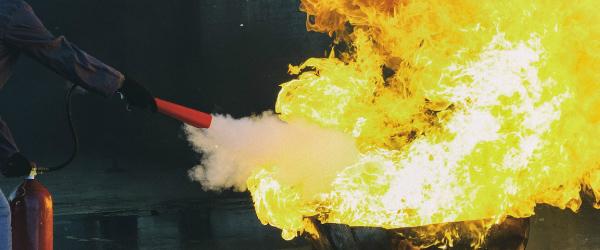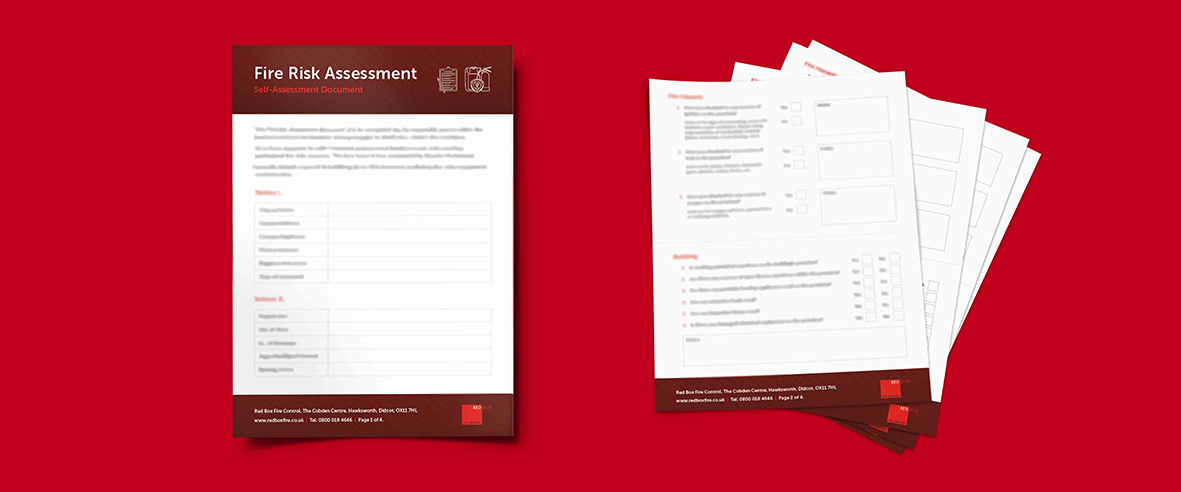What Is The Difference Between Active and Passive Fire Protection?
20th Mar 2017

There are two main types of fire protection: active and passive. Both have their own unique benefits, but it can be tricky to know which is right for your business.
All buildings should have both Active and Passive Fire Protection in place as these systems could make all the difference in the event of a fire. Moreover, they should work together, not in place of another.
It is crucial for a building to have proper fire protection. When people think about fire protection within their premises the first things that come to mind are often smoke detectors and fire extinguishers. While important, these account for a small part of the wider protection your building requires.
Active Fire Protection
Active Fire Protection (AFP) is a group of systems that require action in order to work in the event of a fire. These actions may be manually operated, such as a fire extinguisher or they may be automatic, like a sprinkler.
Active Fire Protection can also include:
- Fire Blankets
- Fire/Smoke Alarm Systems
- Sprinkler Systems
- Fire Extinguishers
Passive Fire Protection
Passive Fire Protection (PFP) is a group of components used to compartmentalise a building so – come the outbreak of a fire - it will contain or slow the spread. No action is required for this to kick-in.
Passive Fire Protection is typically considered when a building is constructed. If the structure is old or has been modified however – for instance with new pipework penetrating its walls - the status of the PFP should be evaluated and updated accordingly.
Passive Fire Protection examples include:
- Fire-resistant walls and floors
- Fire doors
- Dampeners
Make sure your fire doors operate correctly and are kept closedAll of these systems are designed to make the building as fireproof as possible, causing a fire to burn out quickly before it can find more fuel. Most buildings built in the UK must now comply with a series of stringent British Standards to maintain the safety and security of building occupants.
These standards allow firefighting and emergency services to accurately predict the spread of the fire and conduct themselves accordingly.
If we can offer one “tip of the day” piece of advice on passive fire protection, it’s this – make sure your fire doors operate correctly and are kept closed, or on an automatic closer.
How they work together
Active and Passive Fire Protection perform different but fundamental tasks that are equally important in protecting buildings, contents, and people.
Active Fire protection assists in stopping a fire whereas Passive Fire Protection assists in containing one. To ensure a building has total fire protection both Active and Passive systems should work in unison.
If you are unsure if your building has adequate Active or Passive Fire protection, get in touch with the Red Box Fire Control team today to book in a Fire Risk Assessment.





